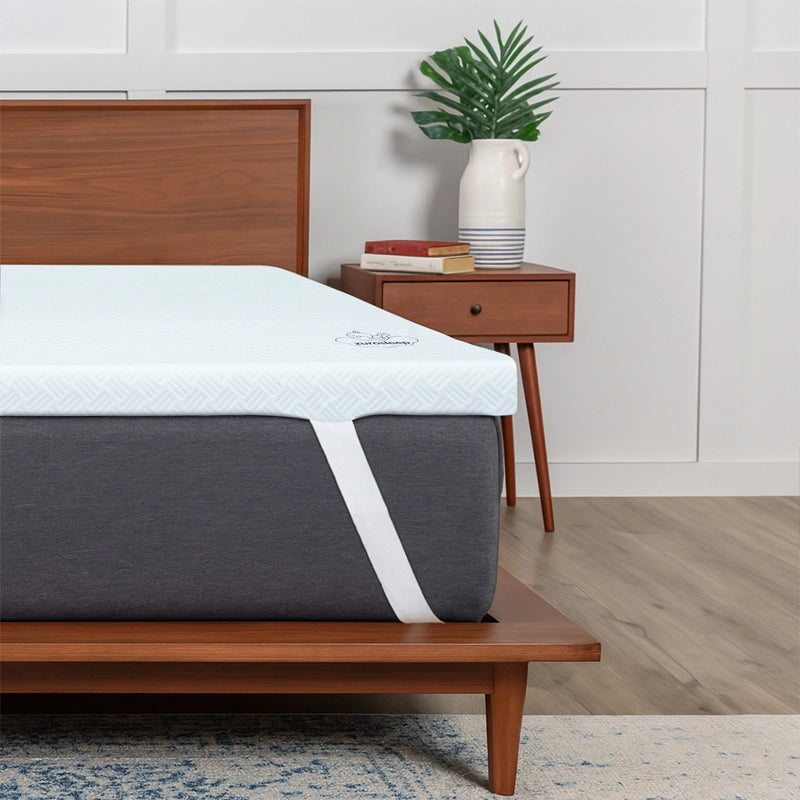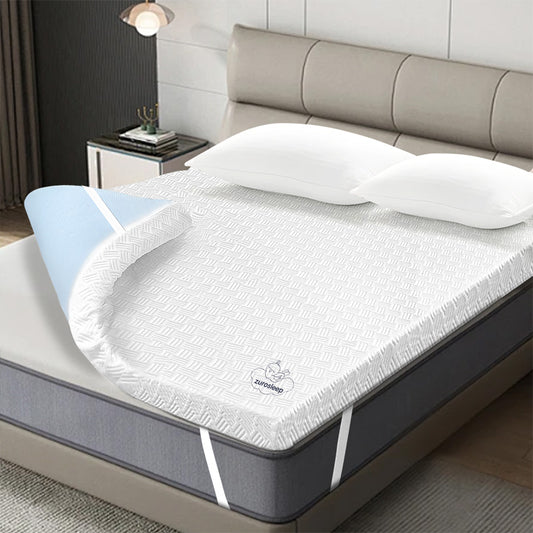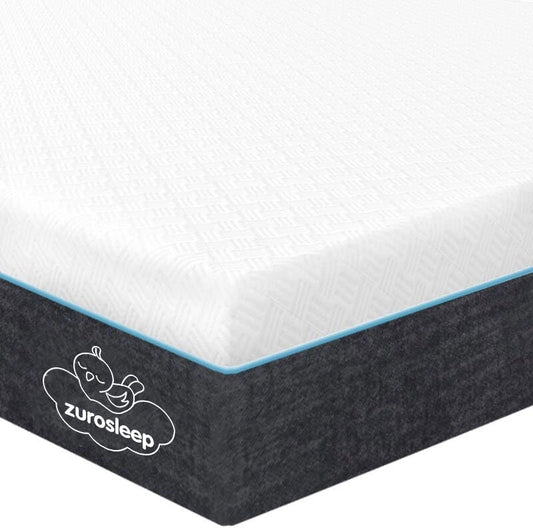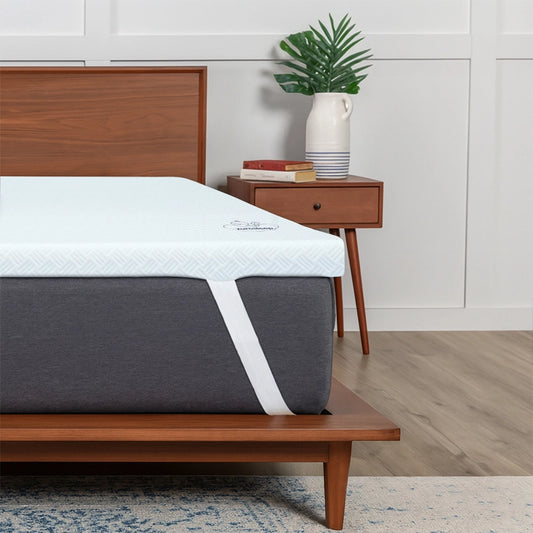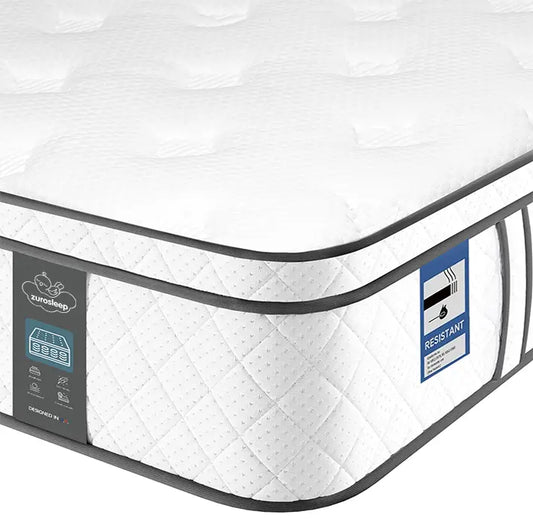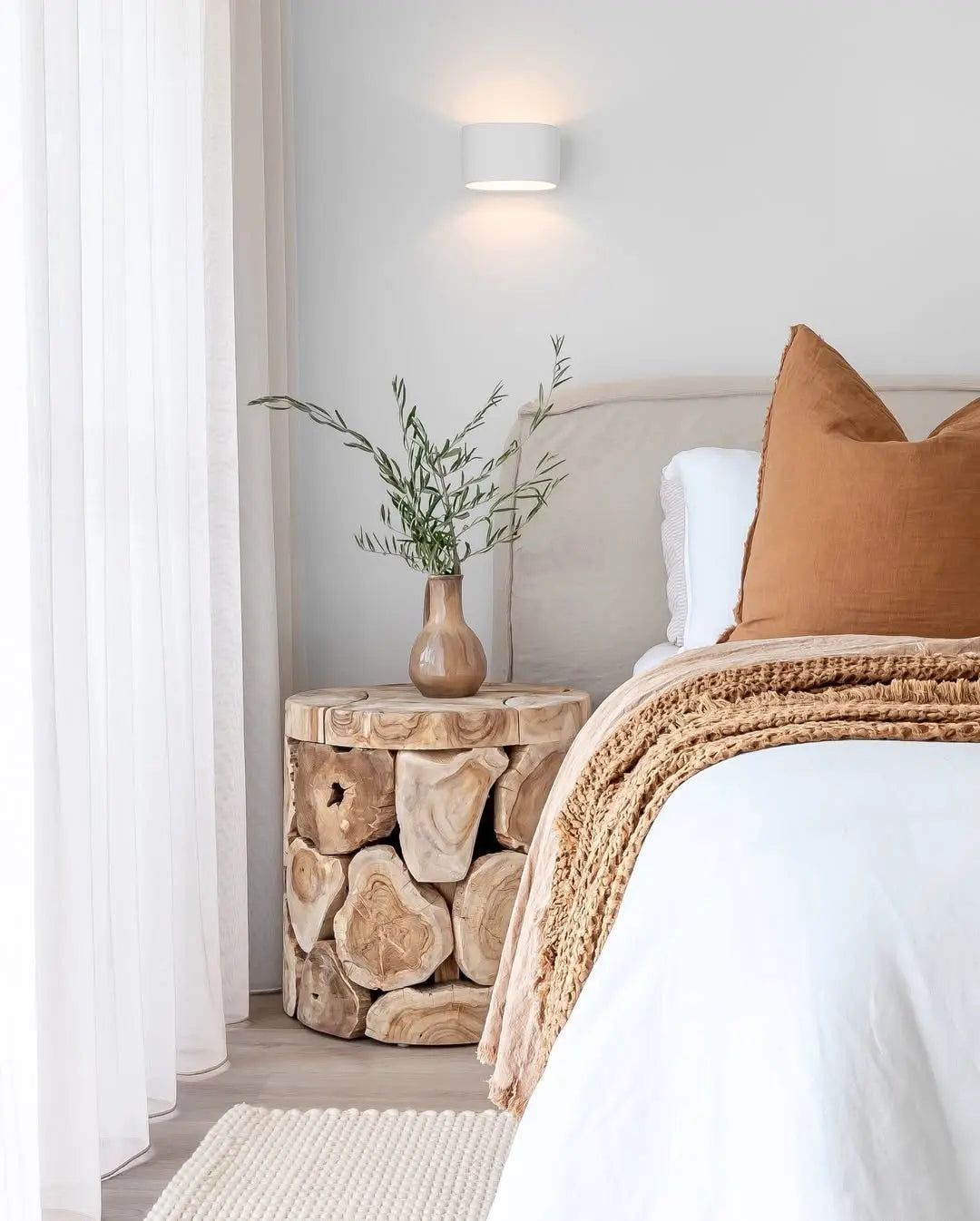
Why a thin mattress might actually be the smarter choice — and when it isn’t
When people picture a mattress they usually imagine something deep and cloud-like. In reality, a thin mattress (we’re talking roughly 5–10 cm) can be a perfectly sensible choice for lots of UK homes — but it’s not the right pick for everyone. Below I’ll explain the practical trade-offs, how to pick a good thin mattress, and what to expect in real life.
What “thin mattress” really means
“Thin mattress” usually refers to mattresses or standalone sleeping surfaces that are noticeably slimmer than the typical 20–30 cm hotel-style mattress. Examples:
-
Thin standalone mattresses: ~5–10 cm total thickness (often used for student rooms, guest beds, small flats).
-
Topper-style products: 3–7.5 cm memory foam or latex added on top of an existing base.
A thin mattress can include memory foam layers, a single foam core, or a thin pocket-sprung layer — construction varies, and that matters.
Real-world benefits (why people pick them)
-
Space-saving — flats, box rooms and student digs benefit from lower bed height and easier storage.
-
Easier to move — lighter and often compressed in a box, ideal for renters and students.
-
Practical for kids & bunks — safety (lower fall height) and adequate comfort for growing children.
-
Good guest/occasional use — foldaway beds, sofa-beds, campers and holiday lets.
-
Lower cost — cheaper than a full-depth mattress while still giving decent comfort if chosen well.
The realistic trade-offs (what you give up)
-
Less longevity — thin foam layers can sag or lose rebound faster than thicker, higher-density mattresses. Expect a shorter usable life if used nightly.
-
Pressure relief & support limits — thin layers give a firmer feel and less deep contouring for heavier sleepers or those with chronic back/hip pain.
-
Edge support poor — if you sit on the edge or share the bed, thinner cores usually have weaker edge support.
-
Motion transfer — depends on material: memory foam thin mattresses isolate motion better than cheap polyfoam, but very thin foam still transmits more motion than thicker constructions.
Who should (and shouldn’t) buy a thin mattress
Good fit for:
-
Students, renters, people who move often.
-
Guest rooms, spare beds, camper vans.
-
Parents buying for young children or bunk beds.
-
People who prefer a firmer, low-profile sleep surface.
Not recommended for:
-
Heavy sleepers (90kg+), who need a deeper support core.
-
Couples who want excellent edge support and durability.
How to choose a good thin mattress — practical checklist
When shopping, don’t only look at thickness. Check these concrete things:
-
Construction (layering)
-
A reliable thin mattress often has a comfort layer (memory/latex foam, 2–4 cm) + a high-density support core (3–5 cm).
-
Avoid single-layer, low-density polyfoam if you’ll use it nightly.
-
-
Materials & breathability
-
Memory foam gives contouring but can trap heat; look for gel-infused or open-cell foams for cooler sleep.
-
Natural latex is thin but resilient — good if you want bounce and durability.
-
-
Support & firmness
-
Thin mattresses feel firmer. If you sleep on your side, try to find a thin model with a slightly softer comfort layer; stomach/back sleepers can usually manage firmer options.
-
-
Durability indicators
-
Ask about foam density (higher density = more durable) and whether the manufacturer publishes expected lifespan.
-
Check warranty length — 3+ years is realistic for thin foam; 5–10 years is common on thicker mattresses.
-
-
Safety & compliance
-
Make sure the mattress meets UK fire-safety regulations and carries reputable material certifications (e.g., Oeko-Tex / CertiPUR-style info). If they don’t show it, ask.
-
-
Trial & returns
-
Because a thin mattress is a compromise, buy from a seller with a trial period or generous return policy — you want the option to test it at home.
-
-
Base compatibility
-
Use a solid platform or slatted base with narrow gaps (≤3 cm). Avoid using directly on very soft divans with no firm support.
-
Practical buying tips for UK customers
-
Size matters: Common UK sizes to match (important for sheets and bases):
-
Small Single ~75×190 cm, Single 90×190 cm, Double 135×190 cm, King 150×200 cm.
-
-
Delivery & returns: check whether the mattress ships rolled (easier to handle) and how returns are collected — return shipping for mattresses can be costly.
-
Trial length: aim for at least 30 nights to judge adaptiveness
-
Warranty: read small print — warranty often excludes normal wear (sagging under a certain depth).
-
Mattress protector: buy one — it extends life and keeps hygiene, especially important for thinner foam.
How to test a thin mattress at home (realistic method)
When it arrives:
-
Let it settle: Unbox and allow recommended off-gassing/expansion time (most expand within 24 hours).
-
Sleep on it in your usual position for at least 2–4 weeks before deciding. Short naps can be misleading.
-
Simulate partner movement: if sharing, have someone roll or sit on the bed to feel motion transfer and edge support.
-
Check for sagging after 6–12 months — if there’s a noticeable dip in the middle, that’s a durability red flag.
Real examples of sensible thickness choices
-
Kids / bunk / short-term guest: 8–12 cm thin foam mattress or 5 cm topper.
-
Guest / occasional adult use: 10–15 cm with a 2–4 cm memory foam top + denser core.
-
Every-night adult for back support: aim for ≥15 cm or choose a thicker mattress — thin options are a compromise here.
Quick pro/con summary
Pros: space-saving, portable, cheaper, ideal for kids/guests.
Cons: less durable, firmer feeling, limited pressure relief for heavier sleepers, weaker edge support.
Final — honest advice
If you live in a small flat, have transient living needs, or need a solution for kids/guest rooms, a well-made thin mattress is a practical, economical choice. If you suffer chronic back pain, sleep with a partner, or are a heavier sleeper, accept that a thin mattress will force compromises — invest in a thicker, higher-density solution or add a high-quality topper as a middle ground.
